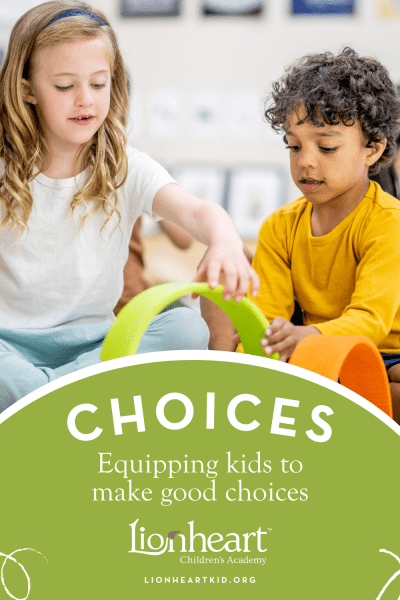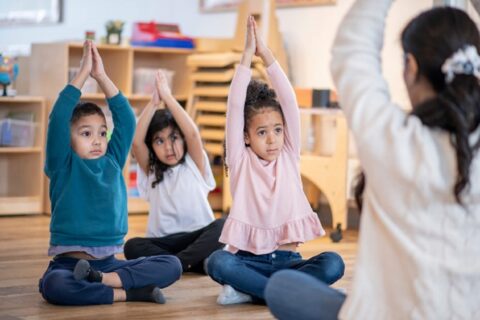The Power of Choice
Have you ever stopped to think about how many choices you make in any given day?
If we’re talking about me, I make choices from one end of the importance spectrum to the other, multiple times a day. Too many to count, really.
And I might argue that everything we do involves a choice on some level. What do you think?
My spectrum ranges from which creamer I want in my coffee to if I’m going to work that day, or how fast I want to drive. One choice has minimal consequences (except if you encounter me pre-coffee) while the other two have more weight on them.
What about the little ones in our lives – how many choices do they encounter? I’m sure every home looks completely different, yet somewhat similar. Maybe you let your little one choose what to wear, what they eat for breakfast, or how they wear their hair.
What about the choices with more weight on them? Did they choose to share? Maybe you let your second grader choose their consequences from a list. Are they learning to obey their teacher at school? Maybe they’re choosing to be unkind to their friends at school.
Back to the volume of choices we make as adults – it’s a lot. I would say that the ability to think critically about the choices you make, weighing consequences and responsibility and how others may be/are affected, is a really good thing to know how to do.
It’s one thing, among many, we’re doing as parents and caretakers, really – teaching little ones how to think critically, make educated choices, and teach them that actions have consequences… good and bad.
Something we do in our home is identify choices. It’s pretty simple.
For example, a little one chooses to throw her peas on the ground, so she chooses to be on her hands and knees picking them up. And she is told that. We use the word “choice.” If a bad choice is made, the consequence follows suit.
What about the good ones? Yes! I love the good ones – don’t we all? One chose to clean their room, so they chose to live in a clean, peaceful room! 🙂 One chose to work and study really hard, so they chose to make the dean’s list or get straight A’s.
Think about your day-to-day. What are some things you do to give your little ones the ability to make a choice? How do you teach them about making choices? In what ways do you celebrate and foster your little ones’ developing autonomy? (Hint: It’s probably more than you think.) I’d love to hear!
In my home, it’s my responsibility as a parent and an adult to know how much power, choice, and freedom to give my three year old. At the same time, it’s my job to know where to set limits for her because kids fail without proper limits and boundaries. They need them, and they need them clearly communicated.
Limit setting is an entirely separate post, but if you’re sick of saying “no, no, no” – try changing the way it’s being said. It may seem like semantics, but it might do wonders to change the dynamic in your home. Instead of “Don’t stand on the chair,” try “The chair is not for standing on, it’s for sitting on,” with a redirect of “You can choose to stand on the floor or on the stool.” It teaches them the boundary while giving them a choice. Albeit a forced choice, but they’re still learning how to make choices. And if they choose to disobey, well then they choose themselves a consequence.
Here and here is some research about children, choices, and a parent’s role as “coach.”
Here’s to raising well-adjusted adults, one day at a time!
–Christy, Former Lionheart Staff


